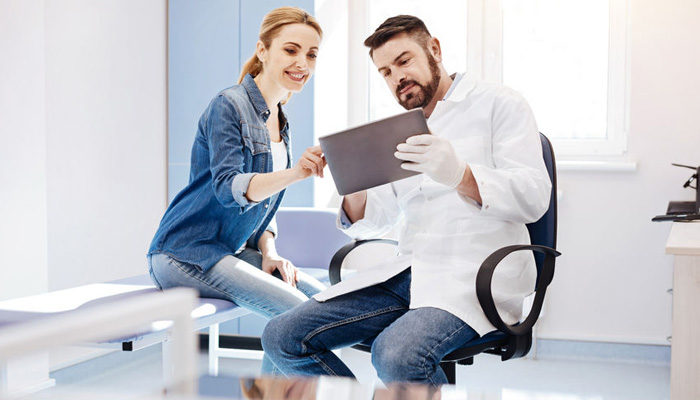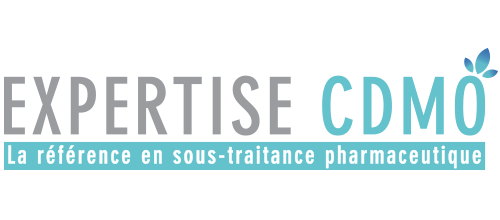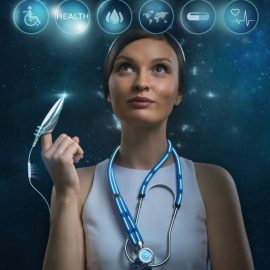Connected health everyone talks about it, but who is it for? What is the purpose? What are the uses? Connected medical devices have spawned in recent years offering real interests for patients but also great opportunities for pharmaceutical companies to stand out from the competition.

Are the 3.0 medical devices for you?
The smartphones spread in the past recent years, has led to new uses at all levels and as well as in the health market (read the article on major pharmaceutical trends). Indeed, connected medical devices have quickly emerged in the pharmaceutical industry landscape. They can take several forms: integrated devices or technological addition to the conventional device.
Discover the uses of this new booming market and make your opinion on whether these innovations can adapt to your therapeutic areas.
Accompany your patients throughout their treatment
Sometimes considered as gadgets, a connected medical device offers several advantages in the accompaniment of the patient: it secures observance, to ensure that it has been correctly taken, to control its taking by the caregivers who have a traceability Data. For example on an injectable drug, a connected device will provide real-time instructions for injection use.
Support the treatment of chronic diseases
Connected health is primarily targeted to diabetic, asthmatic, cardiac, obese patients but can also treat diseases around urology, ophthalmology we will see some innovative examples.
Connected medical device applied to diabetes
Highly developed in this therapeutic area, there are countless medical devices helping diabetics in taking treatment with Bee® which device is attached to the insulin pen and thanks to its mobile application the patient records and keeps on his smartphone its blood glucose levels and insulin units injected.
Connected medical device applied to orthopedics
FeetMe® has developed simple connected soles and intuitive interfaces that make it easy to collect data and analyze in real-life situations. By connecting any kind of foot orthotics, FeetMe® allows patient or sportsman monitoring of walking and running parameters anywhere and without any constraints.
Medical device applied to Urology
Pierre Fabre Medicament and the start-up BioSerenity co-develop a connected medical device to better manage urinary incontinence. It will take the form of an underwear and the connected textile will be worn at the level of the lap belt. Thanks to biometric sensors it can detect and quantify urinary disorders and trace the data on a secure application that can be consulted by the urologist for optimal monitoring and better care.
Medical device applied to cardiology
CardioNexion helps prevent cardiovascular accidents before they happen. A considerable advance for all people at risk and for a better global prevention developed by @Health.
Develop new targets
Contrary to popular belief, you could also reach older people by developing a connected medical device. The laboratories wish to develop these equipment towards new targets in order to widen their market and by simplifying their use it becomes possible.
Offer a simpler and innovative support
The fun aspect of connected objects will boost the motivation of some patients and facilitate their daily observance. Patients gain autonomy and the device can sometimes reduce the caregiver intervention who will complement and control the device.
So, ready for your portfolio to take the digital turn?
Connected objects take more and more space in our daily lives. Regarding the telemedicine tools that arrives next September, we are moving towards a health 3.0 then sooner or later it will be necessary to think about it.


